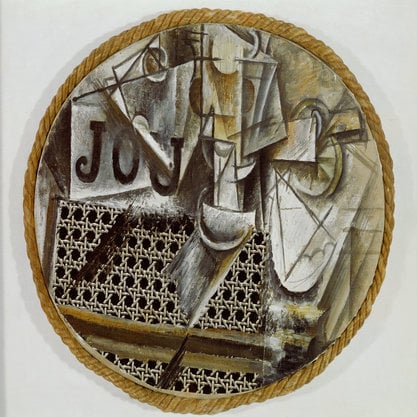Article
Signac, Paul (1863–1935) By Bezverkhny, Eva
Article
Paul Signac was a prolific French Neo-Impressionist painter during the late 19th and early 20th centuries. His friendship with Georges Seurat defined the early part of his career in which he explored Pointillist and Divisionist painting methods. Interested by the laws and theories of physiological optics, Signac experimented with the effects of light and purposeful juxtaposition of color on canvas to produce effects in the eye of the viewer. Through the application of small, deliberate brushstrokes, Signac furthered the development of Neo-Impressionist painting techniques. Signac and Seurat practiced their theories of contrasting color through “Pointillism,” the application of small dabs or dots of paint in calculated compositions. Following the death of Seurat in 1891 Signac turned from oil painting to watercolor and began to incorporate broader brushstrokes. He defined his new method as Divisionist rather than Pointillist. Signac focused his attention primarily on the promotion and dissemination of Divisionism and Neo-Impressionism.


